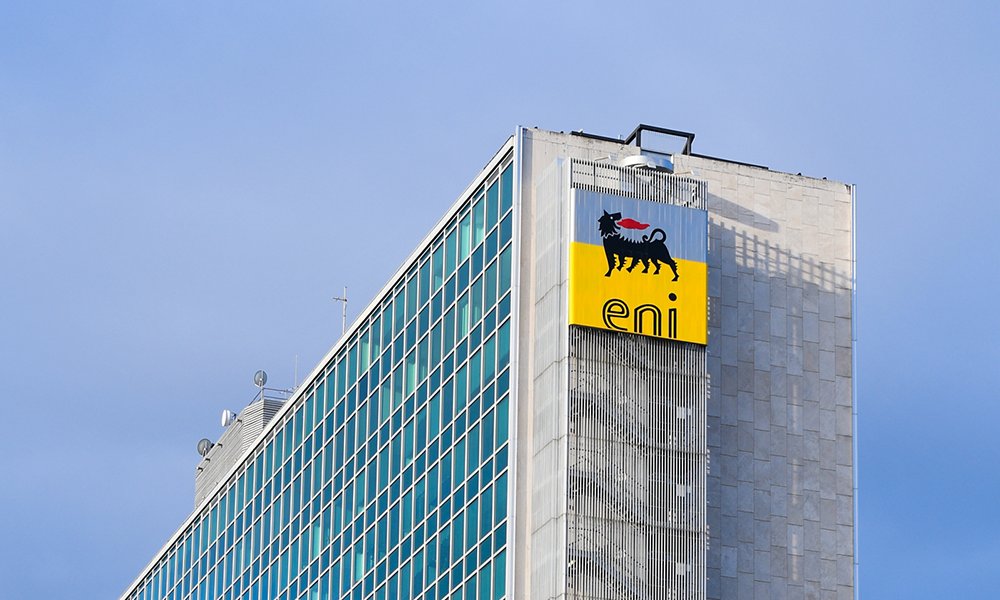What does Eni do (and what it will do) in Angola and Congo. The Russian shadow in Africa

The missions of Cingolani and Di Maio in Angola and Congo should lead to new gas agreements for Eni, useful for the replacement of Russian fuel. Moscow, however, is very present in Africa. Here are numbers, estimates, projects and details
What will Eni do in Angola and Congo?
The Italian government's plan to replace Russian natural gas – currently the prevailing one on the total imported, with a share of about 40 percent in 2020 – focuses heavily on increasing supplies from Africa, leveraging on Eni's presence in many countries of the continent.
THE AGREEMENTS OF ENI IN ALGERIA AND EGYPT
In recent days, the energy company first signed an agreement with Algeria for an additional 9 billion cubic meters of gas per year, by 2023-2024; and then one with Egypt for 3 billion cubic meters of liquefied gas by 2022 (a volume that will not be sent only to Italy, however). It also plans to boost gas extraction in Libya, where it has been operating since 1959.
CINGOLANI AND DI MAIO IN ANGOLA AND CONGO
Today, Wednesday 20 April, and tomorrow, Thursday 21, Foreign Minister Luigi Di Maio and Ecological Transition Minister Roberto Cingolani will visit two other African countries with the aim of making new gas pacts: Angola and Congo. Prime Minister Mario Draghi, who tested positive for coronavirus, will not attend in attendance.
THE VOLUMES OF GAS AND THE ROLE OF ENI
According to Bloomberg sources, any agreements in Congo and Angola could guarantee Italy additional supplies of – respectively – 5 and 1.5 billion cubic meters of gas per year. These are volumes which, added to those already agreed with Algeria and Egypt, would allow Italy to replace more than half of the quantity of gas imported from Russia by the beginning of next year.
WHAT ENI DOES IN ANGOLA
In Angola, a country in south-west Africa, Eni produced 33 million barrels of oil and 600 million cubic meters of gas in 2020. Extractive activities are concentrated offshore (at sea), even in deep waters, and in particular in block 15/06, of which it owns a 36.8 percent stake: it is here that, in 2020, the Agogo field was discovered, with reserves estimated at 1 billion barrels of oil equivalent.
The Quiluma and Maboqueiro fields, under development, are expected to contain gas reserves of 42 billion cubic meters per year, writes the Corriere della Sera .
Eni also has a 13.6% stake in the Angola LNG consortium which manages a liquefaction plant in the city of Soyo: it has a capacity of 5.2 million tons of liquefied gas per year. In 2020, Eni's share of production at the plant was approximately 23,000 barrels of oil equivalent per day.
WHAT ENI DOES IN CONGO
In Congo, in central-western Africa, in 2020 Eni produced 18 million barrels of oil and condensates and 1.4 billion cubic meters of gas.
As reported by Energy Capital & Power , the company intends to activate a liquefied gas project in Congo in 2023, in the Marine XII block. The site is estimated to have a liquefaction capacity of nearly 2 million tons per year. The gas will be destined both for Congolese consumption and for export in liquefied form.
MOZAMBIQUE AND ENI
Another country from which Italy could increase gas imports is Mozambique, in south-east Africa. Eni has been present since 2006 and considers it – so we read on the company's website – “one of the most promising countries on the African continent in the energy sector”.
Eni is an operator in Area 4, in the Rovuma offshore basin, where from 2011 to 2014 it discovered gas resources in the Coral, Mamba and Agulha fields, estimated at 2400 billion cubic meters.
Eni's liquefied gas projects in Mozambique are two: Rovuma LNG, which draws on the resources of Mamba and is expected to go into operation in 2024, with a capacity of 15.2 tons of liquefied gas per year; and Coral-Sul FLNG, a floating platform in Coral South with a capacity of 3.4 million tons per year, scheduled for 2022.
THE PRESENCE OF RUSSIA
However, as Tomorrow points out, Russia's political and military influence is very strong in both Angola and Mozambique. There are links between Luanda and Moscow dating back to the Cold War period: Angolan political and economic elites are close to the Russians, just as Russians are practically all the instructors of the armed forces.
Even Mozambique, the newspaper reads, "is firmly in the Russian sphere of influence, the local army is supported by Wagner's Russian mercenaries and – in addition to Total and Eni – Rosneft is also active in mining".
This is a machine translation from Italian language of a post published on Start Magazine at the URL https://www.startmag.it/energia/eni-angola-congo-gas/ on Wed, 20 Apr 2022 08:16:43 +0000.
